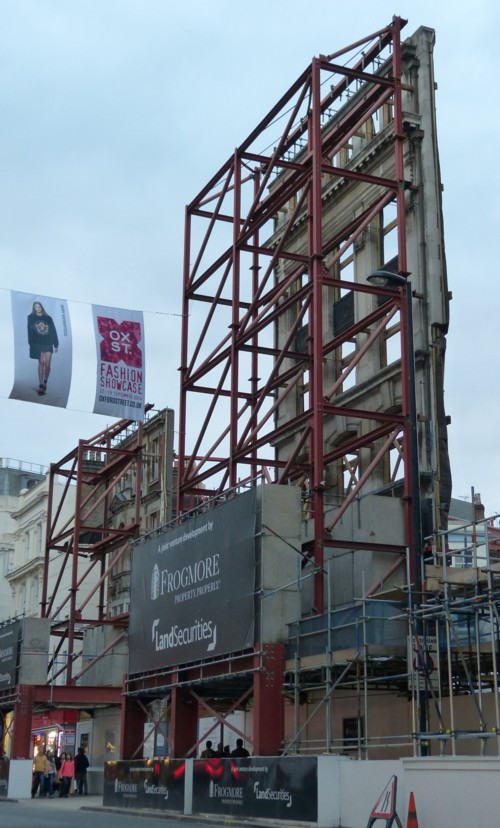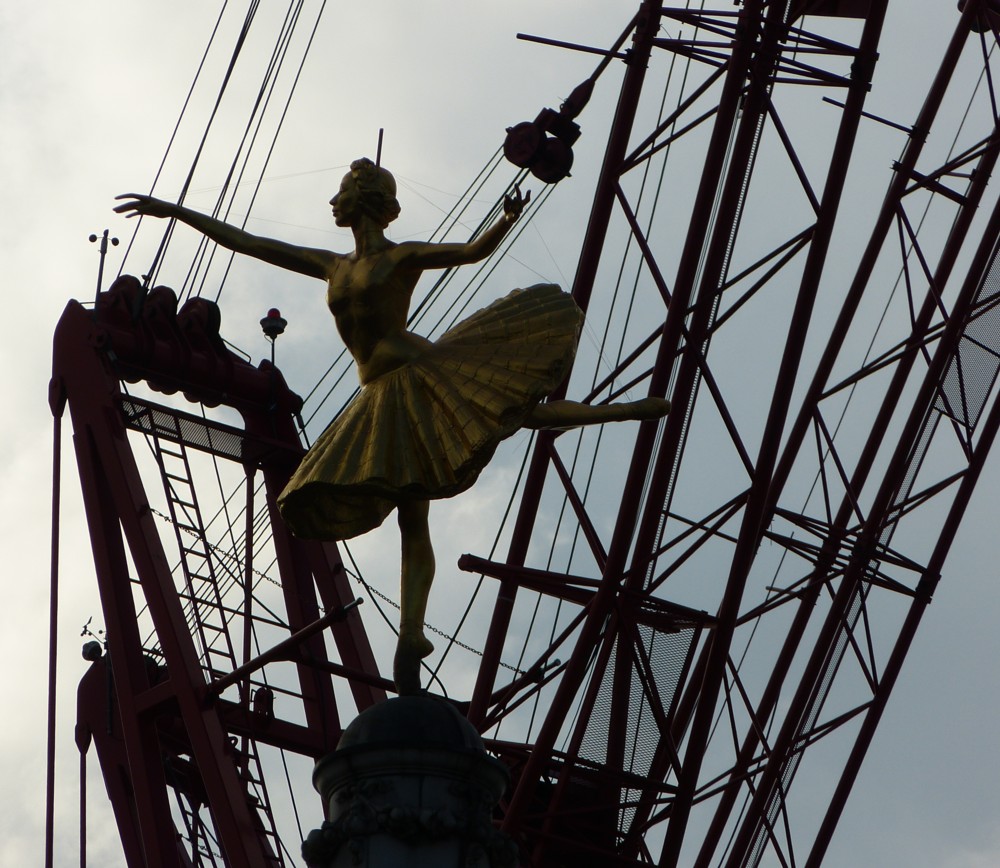Chippendale most of us have heard of. But Rannie? Who is, or was, Rannie? Exactly.
Seven years ago now, I wrote a Samizdata piece about two-man teams. It still, I think, reads well, and it contained the following assertions:
Even when a single creative genius seems to stand in isolated splendour, more often than not it turns out that there was or is a backroom toiler seeing to the money, minding the shop, cleaning up the mess, lining up the required resources, publishing and/or editing what the Great Man has merely written, quietly eliminating the blunders of, or, not infrequently, actually doing the work only fantasised and announced by, the Great Man. Time and again, the famous period of apparently individual creativity coincides precisely with the time when that anonymous partner was also but less obtrusively beavering away, contributing crucially to the outcome, and often crucially saying boo to the goose when the goose laid a duff egg. If deprived, for some reason, of his back-up man, the Lone Genius falls silent, or mysteriously fails at everything else he attempts. …
Now read this, from At Home, the Bill Bryson book I am currently reading. On pages 234-5, concerning Thomas Chippendale, the noted furniture maker, Bryson writes:
He was an outstanding furniture maker but hopeless at running a business, a deficiency that became acutely evident upon the death of his business partner, James Rannie, in 1766. Rannie was the brains of the operation and without him Chippendale lurched from crisis to crisis for the rest of his life. All this was painfully ironic, for as he struggled to pay his men and keep himself out of a debtor’s cell, Chippendale was producing items of the highest quality for some of England’s richest households, and working closely with the leading architects and designers – Robert Adam, James Wyatt, Sir William Chambers and others. Yet his personal trajectory was relentlessly downwards.
It was not an easy age in which to do business. Customers were routinely slow in paying. Chippendale had to threaten David Garrick, the actor and impresario, with legal action for chronic unpaid bills, and stopped work at Nostell Priory, a stately home in Yorkshire, when the debt there reached £6,838 – a whopping liability. ‘I have not a single guinea to pay my men with tomorrow: he wrote in despair at one point. It is clear that Chippendale spent much of his life in a froth of anxiety, scarcely for a moment enjoying any sense of security at all. At his death in 1779, his personal worth had sunk to just £28 2s 9d – not enough to buy a modest piece of ormolu from his own showrooms. …
Rannie did not make the actual furniture, but he was essential to Chippendale in exactly the sort of way I describe.
It feels good to be so right.


